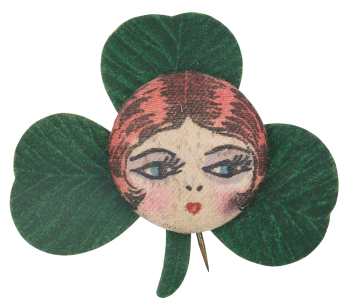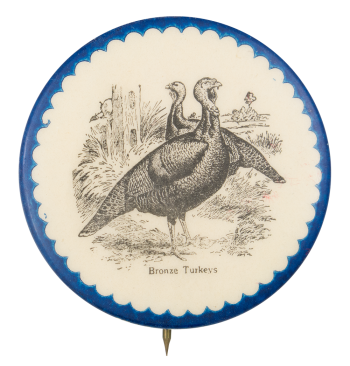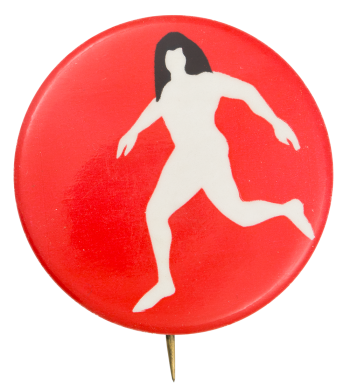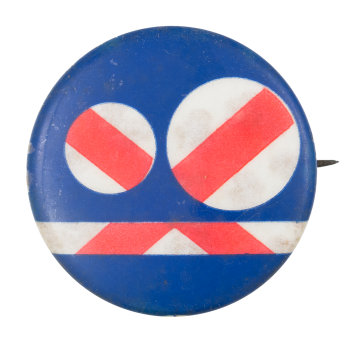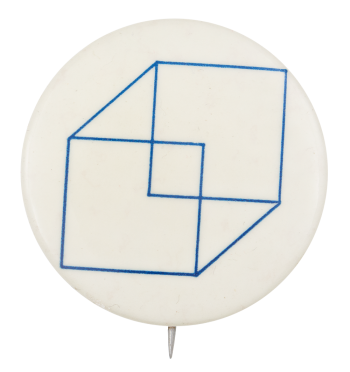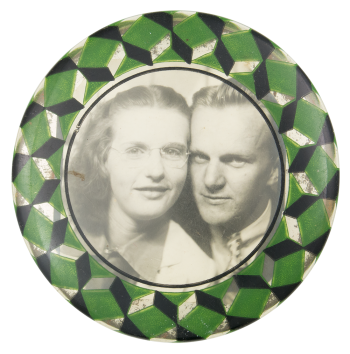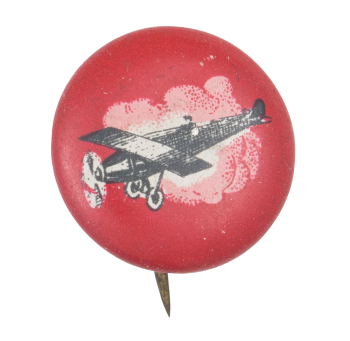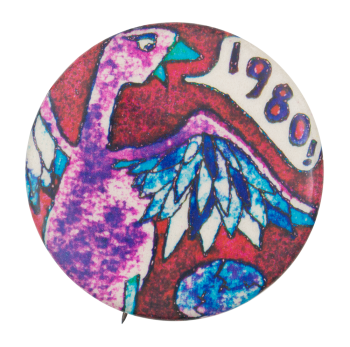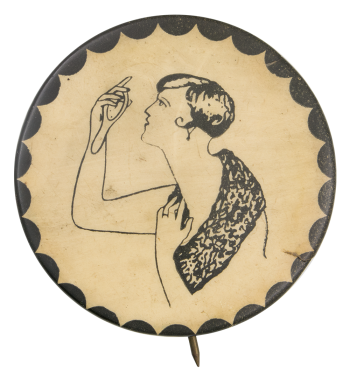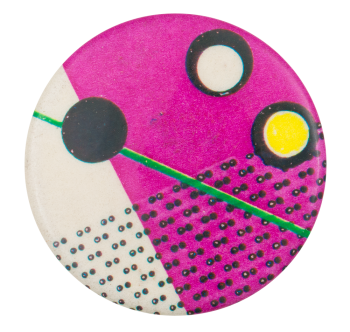Flapper Face on Clover
| Category | |
|---|---|
| Additional Images | |
| Sub Categories | |
| Image Description | Illustration in fabric of woman's face on entirety of button centered on a paper clover. |
| Back Style | |
| The Shape | |
| The Size | |
| Additional Information | Flappers, known for defying social norms, wore buttons on brightly colored garters that held up their non-elastic stockings, offering a sense of freedom compared to the stiff corsets of earlier decades. With sassy phrases or flirty images, the buttons captured the bold, carefree attitude that characterized the flapper lifestyle. These so-called "garter buttons" were often made from fabric-wrapped metal or celluloid and featured clever or suggestive messages. The popular Art Deco style influenced their design, sometimes hiding images that revealed more when turned upside down. Despite their playful purpose, the buttons were often crafted with attention to detail—some included soft fabrics or tiny ribbons that echoed flapper headbands, showing the care put into even the smallest accessories. A three-leaf clover, or shamrock, traditionally symbolizes the Holy Trinity—comprising the Father, the Son, and the Holy Spirit—in Christianity. St. Patrick famously used this emblem to help the Irish understand this concept. Additionally, it can represent faith, hope, and love, with each leaf signifying one of these virtues. |
| Sources |
Brosilow, V. (2019, February 13). The history of flapper buttons. Busy Beaver Button Co. Retrieved November 11, 2025, from https://www.busybeaver.net/the-history-of-flapper-buttons/ Hambright, A. (2012). The Button Museum: Roaring ’20s collection. Busy Beaver Button Co. Retrieved November 11, 2025, from https://www.busybeaver.net/the-button-museum-roaring-20s-collection/ Show and Tell Knitting. [Billie-Elias]. (2021, July 6). Matthew Brown on Art Deco buttons and Casein, Ep. 49 [Video]. YouTube. Retrieved November 11, 2025, from https://www.youtube.com/watch?v=DOYuG9Ad2SE&t=413s Tenon Tours. (n.d.). Shamrocks and four‑leaf clovers: What’s the difference? Retrieved November 11, 2025, from https://www.tenontours.com/blog/shamrocks-and-four-leaf-clovers-whats-the-difference/ |
| Catalog ID | AR0262 |

